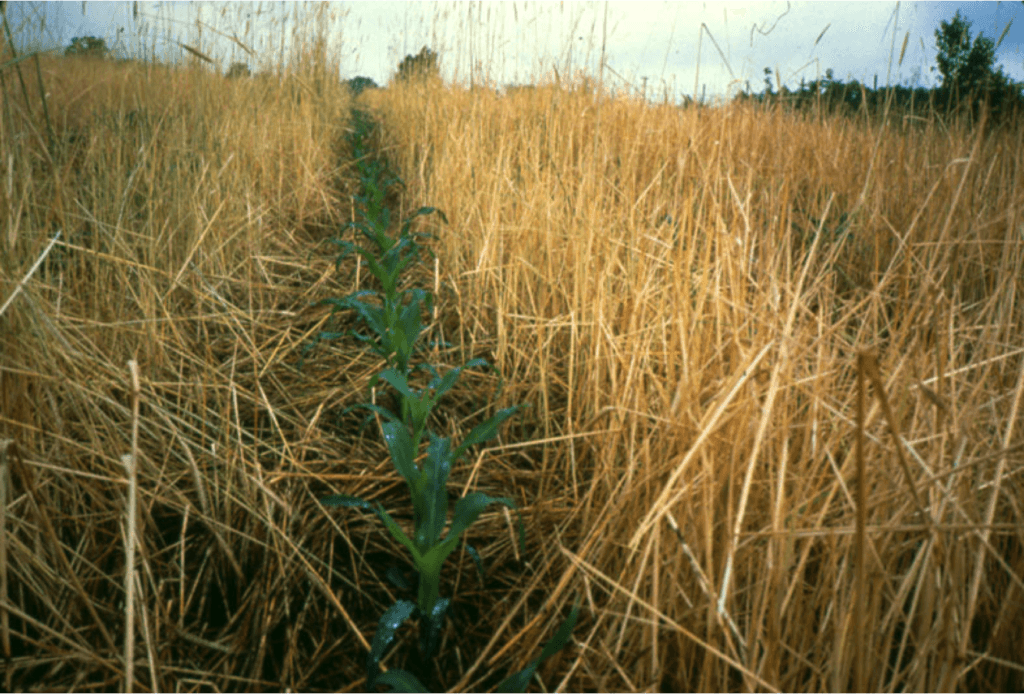Breaking the barrier: Ideas for increasing participation in voluntary livestock stream exclusion
Livestock exclusion from streams? Is it time for the big R—regulation? Livestock, especially cattle, are the number one polluter of streams in the Shenandoah Valley of Virginia. They destroy the aquatic ecosystem by dislodging soil, trampling the streambed, and polluting the water with their manure and urine.
We’ve put hundreds of millions of dollars and over 20 years of promotion into voluntary livestock exclusion practices, and yet only 20 percent of the farms in the Shenandoah Valley that need to fence their livestock from streams have done so.
Many believe it’s time to regulate the practice. Maybe so, but I believe there are a couple of ways to break the barrier of low participation with voluntary Best Management Practice (BMP) implementation before we impose regulations. The land-use tax system and carbon credits can help us reach higher participation for perhaps the most important and effective BMPs for cleaner streams—livestock exclusion and riparian buffers.
Farmland with livestock exclusion can produce food and clean water
Farmland is the most economical land-use to treat with BMPs. Cropland and pastures are capable of producing clean water. We need farmland for wildlife habitat, and it can capture and store atmospheric carbon. These are called ecosystem services. Society as a whole benefits when farmland performs these functions.
If pasture or cropland or forest land is not polluting nearby streams and has balanced nutrients and buffers on all perennial streams, what more could we ask? In theory, these lands would be producing clean water and providing wildlife habitat. So why do we tax these land uses? Well-managed farmland should be given a tax credit, and poorly managed farmland should be taxed at a higher rate because society has to clean up the polluted water leaving these farms.
Implement an RMP and get a tax credit
Virginia’s Resource Management Plan (RMP) program could be used to identify those lands that are providing ecosystem services. We could have a tax system with two tiers: one tier for farmers who follow an RMP, giving them tax credits, and another for farmers who do not. The revenue brought in by the latter would offset the credits in the former. For starters, we could make this optional for localities.
Carbon credits for soil organic matter
Another way to break the voluntary BMP barrier is to create a carbon credit program for farmland that is sequestering atmospheric carbon and storing it in the soil.
Plants sequester carbon all the time; it’s their thing—photosynthesis. When farmers reduce tillage, leaving crop residues on the land or apply manure, they are actually putting carbon back into the soil.
The national soil health initiative asks farmers to do just that: reduce tillage, leaving crop residues on the land, and apply manure. This increases soil organic matter, which is carbon.
And we don’t need a complicated bureaucratic system to do it. Simply use a soil test to determine the current amount of soil carbon or soil organic matter (SOM). Then let farmers figure out how to increase it. Believe me, they will figure it out.
Use a soil test in subsequent years, and if the soil carbon is higher, give the farmers a payment or tax credit. We will have less carbon in the atmosphere and healthier soil.
Tax credits for well-managed farmland, higher taxes for polluting farms, and a BMP for storing carbon will greatly increase participation in livestock exclusion from streams and riparian buffers. Let’s try these before we attempt to regulate these important BMPs.




28 Comments
Leave your reply.